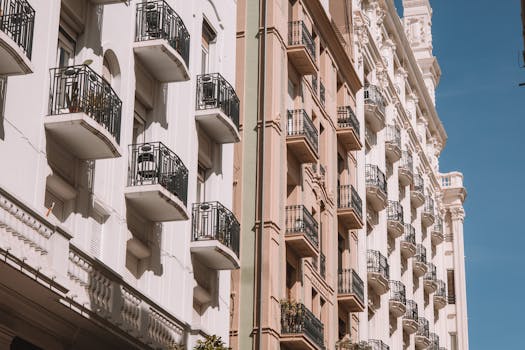
Urban Green Spaces: The Future of Outdoor Living in European Cities by 2025
Urban Green Spaces: The Future of Outdoor Living in European Cities by 2025 is a crucial aspect of modern city planning. As the world becomes increasingly urbanized, the need for green spaces in cities is more pressing than ever. These areas not only provide a tranquil escape from the hustle and bustle of city life but also play a vital role in maintaining ecological balance and promoting sustainability.
Introduction to Urban Green Spaces
Urban green spaces refer to areas within cities that are covered with vegetation, such as parks, gardens, and green roofs. These spaces are essential for mitigating the urban heat island effect, reducing air pollution, and providing habitats for urban wildlife. Moreover, they offer numerous benefits to citizens, including opportunities for recreation, socialization, and stress relief.
The Importance of Urban Green Spaces in European Cities
European cities are at the forefront of incorporating urban green spaces into their planning and development. Cities like Copenhagen, Stockholm, and Barcelona have made significant investments in creating and maintaining extensive green networks. These efforts have not only enhanced the aesthetic appeal of these cities but also contributed to their reputation as sustainable and livable destinations.
Benefits of Urban Green Spaces
The benefits of urban green spaces are multifaceted and far-reaching. Some of the most significant advantages include:
- Environmental Benefits: Urban green spaces help to reduce the urban heat island effect, mitigate the impact of climate change, and improve air quality.
- Health Benefits: Green spaces have been shown to reduce stress levels, improve mental health, and promote physical activity.
- Social Benefits: Urban green spaces provide opportunities for socialization, community engagement, and cultural activities.
- Economic Benefits: Well-designed green spaces can increase property values, attract tourism, and support local businesses.
Challenges and Opportunities for Urban Green Spaces in European Cities
Despite the numerous benefits of urban green spaces, there are several challenges that European cities face in creating and maintaining these areas. Some of the key challenges include:
- Urbanization and Land Use: The increasing demand for urban land can lead to the destruction of existing green spaces and the neglect of new ones.
- Climate Change: Rising temperatures and changing precipitation patterns can affect the health and resilience of urban green spaces.
- Funding and Resource Allocation: The creation and maintenance of urban green spaces require significant funding and resource allocation, which can be a challenge for many cities.
However, these challenges also present opportunities for innovation and growth. By adopting sustainable practices, incorporating green infrastructure into urban planning, and engaging with local communities, European cities can overcome these challenges and create thriving urban green spaces that benefit both citizens and the environment.
Conclusion
In conclusion, urban green spaces are a vital component of modern city planning, and their importance will only continue to grow in the coming years. By prioritizing the creation and maintenance of these areas, European cities can promote sustainability, improve the quality of life for citizens, and contribute to a healthier and more resilient urban environment. As we look to the future, it is essential that we continue to invest in and protect these valuable resources, ensuring that they remain a cornerstone of urban living in European cities by 2025 and beyond.






